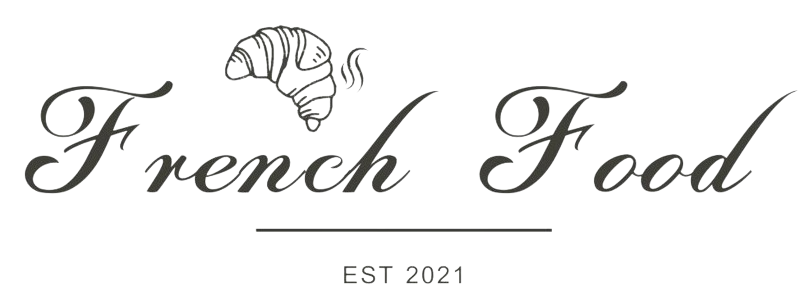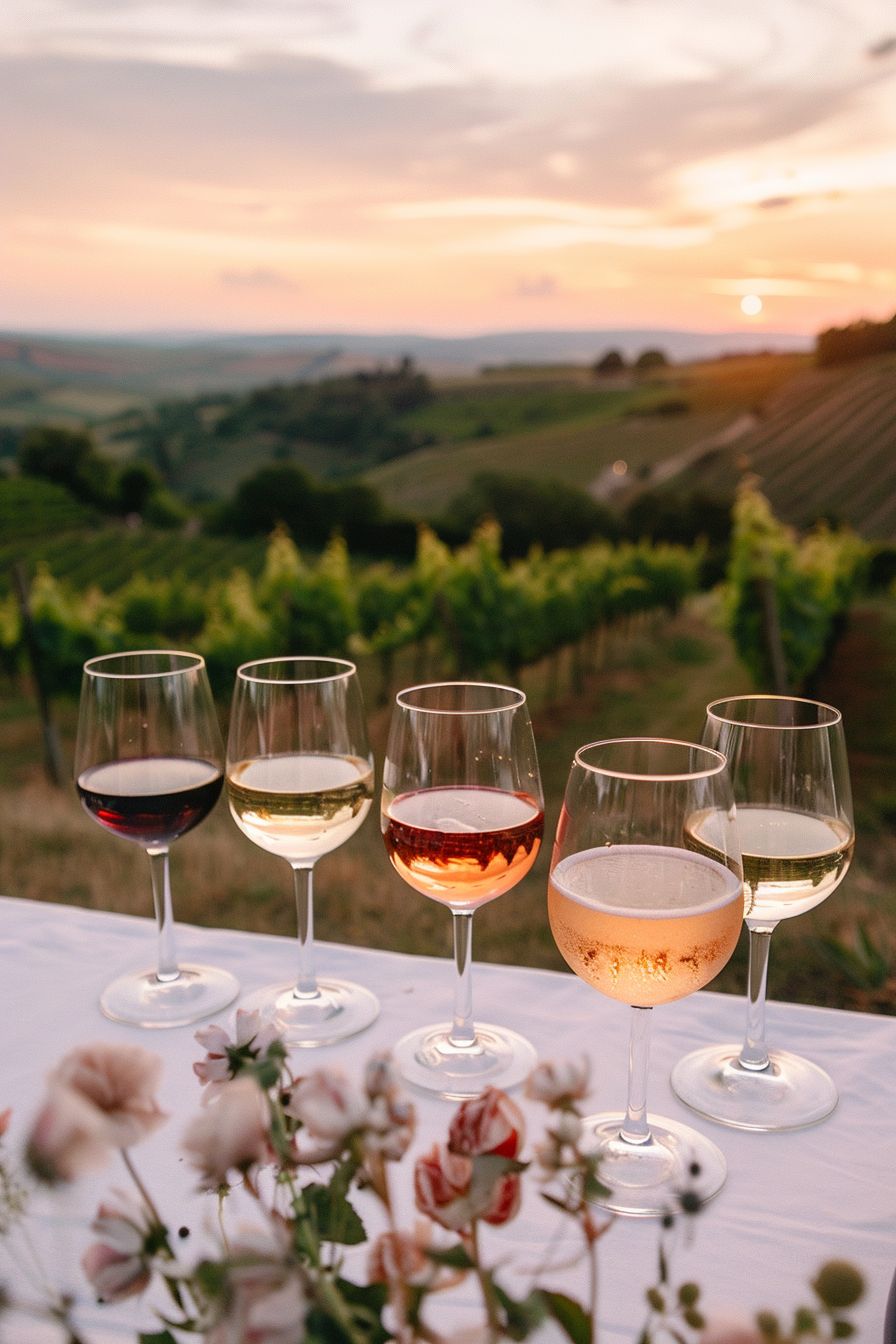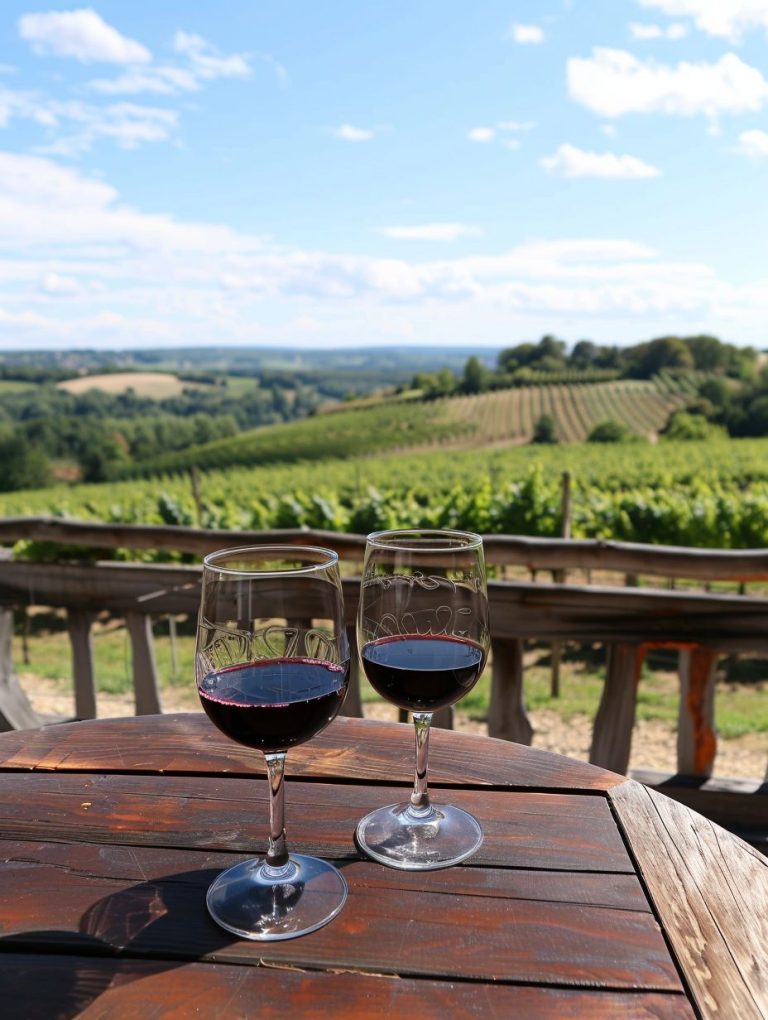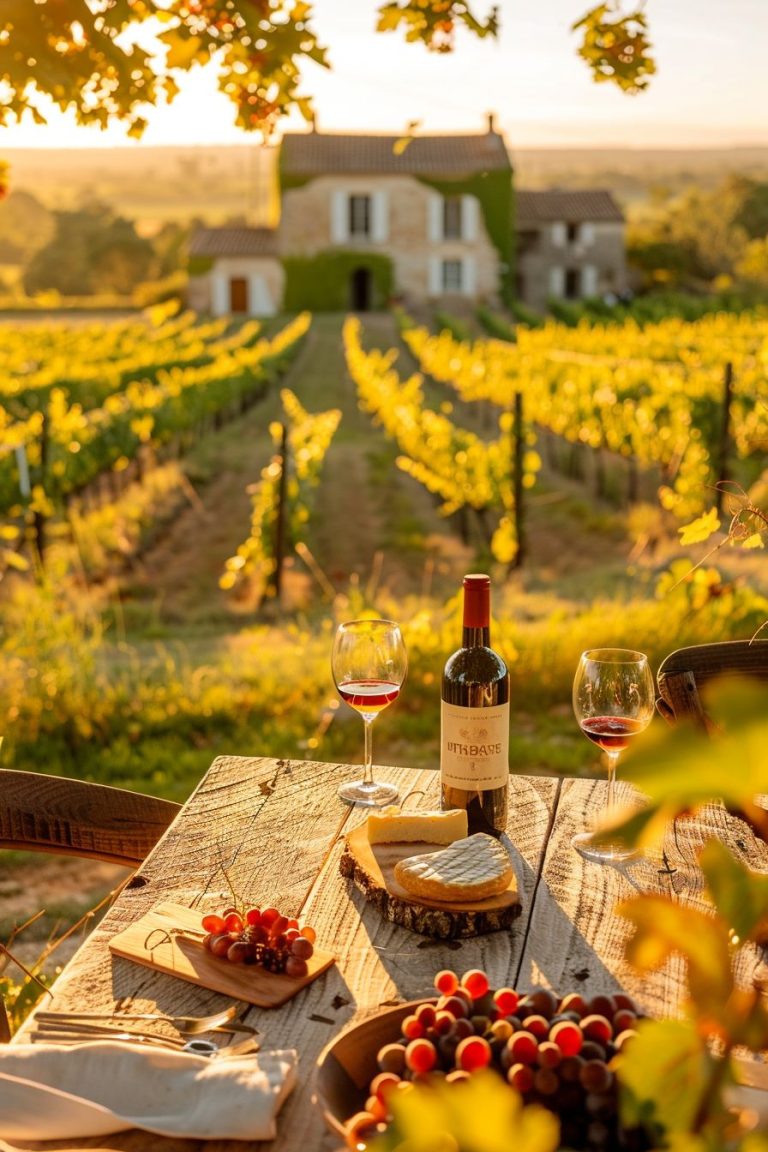9 Major Types of French Wine You Must Know About
We may earn a commission through all links on this website. As an Amazon Associate, we earn from qualifying purchases.France is renowned worldwide for its rich wine culture and tradition. With centuries of winemaking history, France offers diverse wine varieties that are coveted by wine enthusiasts globally.
This guide discusses the different types of French wine, explores the wine regions of France, and provides insight into what makes French wine exceptional.
French wine is renowned worldwide for its exceptional quality and diverse flavors. The country’s rich winemaking history and unique terroir make it a captivating subject for casual wine fans and connoisseurs alike.
Before venturing into French wine, it’s crucial to have a fundamental understanding of its key components. Two primary elements that contribute to the distinctiveness of French wine are the region and the grape variety.
The Classification System of French Wine
An essential aspect of French wine is its classification system, which provides a hierarchy based on quality and prestige. The most well-known classification system in France is the Appellation d’Origine Contrôlée (AOC) system.
This system categorizes wines based on the specific geographic area they come from and the regulations that govern winemaking within that region. It ensures that wines labeled with a particular appellation meet strict standards and reflect the unique characteristics of their terroir.
Higher classification levels, such as Grand Cru or Premier Cru, indicate wines of exceptional quality and are highly sought after by collectors and connoisseurs. These wines often come from renowned regions like Bordeaux and Burgundy, where centuries of winemaking expertise have shaped the reputation and desirability of their wines.
Understanding the classification system can be a valuable tool for wine enthusiasts, as it provides insights into the quality and provenance of a bottle of French wine.
Types of Wine By Region in France
France is divided into numerous French wine regions, each with distinct winemaking traditions and styles.
In France, wine production is intricately tied to specific regions lending a unique terroir. Terroir encompasses various elements, including the climate, soil, and topography specific to a particular wine-growing area. The region plays a significant role in the character and style of the wine produced.
From the rolling hills of Burgundy to the sun-drenched vineyards of Bordeaux, each region in France offers a particular expression of winemaking.
The unique characteristics of each region’s terroir shape the flavor profile and overall quality of the wines produced. Here are the most renowned wine regions in France:
Bordeaux: The Powerhouse of French Wine
Bordeaux, located in southwestern France, is synonymous with quality and elegance. Known for its exceptional red blends, Bordeaux produces wines that are often a blend of Cabernet Sauvignon, Merlot, and Cabernet Franc. These wines are revered for their structure, complexity, and ability to age gracefully.
The region’s winemaking history dates back to Roman times, and its reputation has only grown over the centuries. Bordeaux’s unique climate, influenced by the nearby Atlantic Ocean and the Gironde estuary, creates ideal conditions for grape cultivation. The region’s vineyards stretch across rolling hills and are meticulously tended by generations of winemakers.
When visiting Bordeaux, you can explore the famous Left Bank and Right Bank sub-regions, divided by the Gironde estuary. The Left Bank (Médoc and Graves) is known for producing powerful, structured wines, dominated by Cabernet Sauvignon. The Right Bank (Libournais, Bourg, and Blaye) is renowned for its Merlot-based wines, which are often softer and more approachable at a young age.
Burgundy: The Heart of Pinot Noir and Chardonnay
Burgundy, situated in eastern France, is a region revered for producing Europe’s finest Pinot Noir and Chardonnay wines. The Burgundy region’s terroir, characterized by limestone soils, contributes to the elegance, finesse, and mineral-driven nature of these wines.
Exploring Burgundy is like stepping into a winemaking heritage that dates back over a thousand years. The region is divided into five main wine-producing areas, each with unique characteristics and appellations. From the prestigious vineyards of Côte de Nuits to the charming villages of Côte de Beaune, Burgundy offers a diverse range of wines to discover.
One of the most fascinating aspects of Burgundy is its emphasis on terroir. The concept of terroir, which refers to the combination of soil, climate, and vineyard location, is highly valued in Burgundy. Winemakers here strive to express the unique qualities of each individual vineyard, resulting in wines that are a true reflection of their origin.
Champagne: The Birthplace of Sparkling Wine
No guide to French wine would be complete without mentioning Champagne. This iconic region in northeastern France is renowned for producing the world’s most celebrated sparkling wines.
The terroir of Champagne creates the perfect conditions for producing world-class sparkling wines with crisp acidity and delicate bubbles. The cool climate and chalky soils yield wines with vibrant acidity and delicate effervescence, making Champagne the perfect choice for celebrations and special occasions.
Champagne’s winemaking traditions can be traced back to the 17th century when the famous monk, Dom Pérignon, made significant contributions to the production of sparkling wine. Today, the region’s vineyards are meticulously managed, and the winemaking process follows strict regulations to ensure the highest quality.
Visiting Champagne offers a unique opportunity to explore the underground cellars, where millions of bottles are aging gracefully. The region is home to prestigious houses such as Moët & Chandon, Veuve Clicquot, and Krug, as well as smaller, family-owned producers. Tasting the different styles of Champagne, from the crisp and citrusy Blanc de Blancs to the rich and toasty Blanc de Noirs, is an unforgettable experience.
Loire Valley: The Garden of France
The Loire Valley, often referred to as the “Garden of France,” is known for its incredibly diverse range of wines. From crisp Sauvignon Blanc in Sancerre to luscious Chenin Blanc in Vouvray and vibrant Cabernet Franc in Chinon, the Loire Valley offers wine styles to delight every palate.
Stretching along the Loire River, this picturesque region is not only famous for its wines but also for its stunning châteaux and breathtaking landscapes. The Loire Valley’s winemaking history dates back to the Roman era, and its vineyards are scattered across rolling hills, limestone cliffs, and fertile riverbanks.
Exploring the Loire Valley means discovering hidden gems and lesser-known grape varieties. From the delicate and floral Muscadet wines near the Atlantic coast to the sweet and luscious dessert wines of Coteaux du Layon, the region offers a wealth of flavors and experiences.
Rhône Valley: The Land of Syrah and Grenache
The Rhône Valley, located in southeastern France, is renowned for its bold and flavorful red wines. The Rhône Valley basks in a warm and sunny climate, resulting in robust, full-bodied red wines with intense fruit flavors. Syrah and Grenache are the primary grape varieties found here, producing wines with intense black fruit flavors, spicy complexity, and velvety tannins.
The region is divided into two distinct areas: the Northern Rhône and the Southern Rhône. In the Northern Rhône, Syrah reigns supreme, producing powerful and age-worthy wines in appellations such as Côte-Rôtie and Hermitage. In the Southern Rhône, Grenache takes the spotlight, contributing to the rich and robust wines of Châteauneuf-du-Pape and Gigondas.
Exploring the Rhône Valley means immersing oneself in a land of ancient vineyards and picturesque landscapes. The region’s vineyards are often terraced on steep slopes, where the vines bask in the Mediterranean sun. The Mistral wind, which blows through the valley, helps to keep the vineyards healthy and contributes to the unique character of the wines.
Whether you are a wine connoisseur or a curious traveler, the wine regions of France offer a world of exploration and discovery. From Bordeaux’s grand châteaux to Burgundy’s historic vineyards, Champagne’s prestigious houses to the Loire Valley’s charming landscapes, and the Rhône Valley’s bold reds, each region has its own story to tell through its wines. Explore France’s wine regions, and you will be rewarded with unforgettable experiences and a deeper appreciation for the art of winemaking.
Types of French Wine by Grape Variety
French wine encompasses a wide spectrum of styles and savors, catering to every preference.
The grape varieties used in winemaking also greatly influence the flavors and characteristics of French wine. France boasts an extensive range of native grape varieties, each contributing its own distinct qualities.
These grape varieties, among many others, contribute to the complexity and diversity of French wine culture. Let’s explore the types of French wine according to the grape variety:
Red Wines of France
France is celebrated for its world-class red wines, ranging from full-bodied and robust to elegant and silky. Bordeaux, Burgundy, and the Rhône Valley are a few regions where exceptional red wines are crafted. These wines often exhibit flavors of blackberries, cherries, spices, and earthy undertones.
Red wines, and grapes such as Cabernet Sauvignon, Merlot, and Pinot Noir dominate, each lending its unique attributes to the final product. Cabernet Sauvignon, known for its bold tannins and blackcurrant flavors, is often the star of Bordeaux blends, while Pinot Noir, with its delicate aromas and silky texture, thrives in the cool climate of Burgundy.
White Wines of France
French white wines offer an incredible diversity of flavors and styles. From vibrant and zesty Sauvignon Blanc in Sancerre to the buttery richness of Chardonnay in Burgundy, there is a white wine to please every palate. These wines showcase flavors of citrus, stone fruits, and sometimes exhibit minerality.
White French wines often feature grape varieties such as Chardonnay, Sauvignon Blanc, and Viognier. Chardonnay, with its versatility and ability to express terroir, produces styles, from crisp and mineral-driven Chablis to rich and buttery white Burgundy.
Rosé Wines of France
French rosé wines hold a special place in French oenophilia culture, especially during the warm summer months. Regions like Provence and Tavel produce some of the world’s finest rosé wines. These wines often boast refreshing acidity, delicate fruit flavors, and a beautiful pale pink hue.
Sparkling Wines of France
In addition to Champagne, France produces a range of sparkling wines that offer a more affordable alternative. Crémant d’Alsace, Crémant de Loire, and Crémant de Bourgogne are examples of exceptional French sparkling wines that exemplify affordable elegance and quality.
With its rich history, diverse winegrowing regions, and exceptional variety of wine styles, French wine continues to capture the hearts and palates of wine lovers worldwide. Whether enjoying a glass of Bordeaux, Burgundy, or Champagne, each sip offers a glimpse into the unique and magnificent world of French winemaking.




This is a beautiful list of wine types but doesn’t quite answer my search for a wine type that our group found a few years ago,, which was called:
—- ior noir
Can you supply the —- ? We all recall the bottle but not the complete name! Enuf for you to guess?
It was not superior noir but we recall the missing letters as a single syllable.